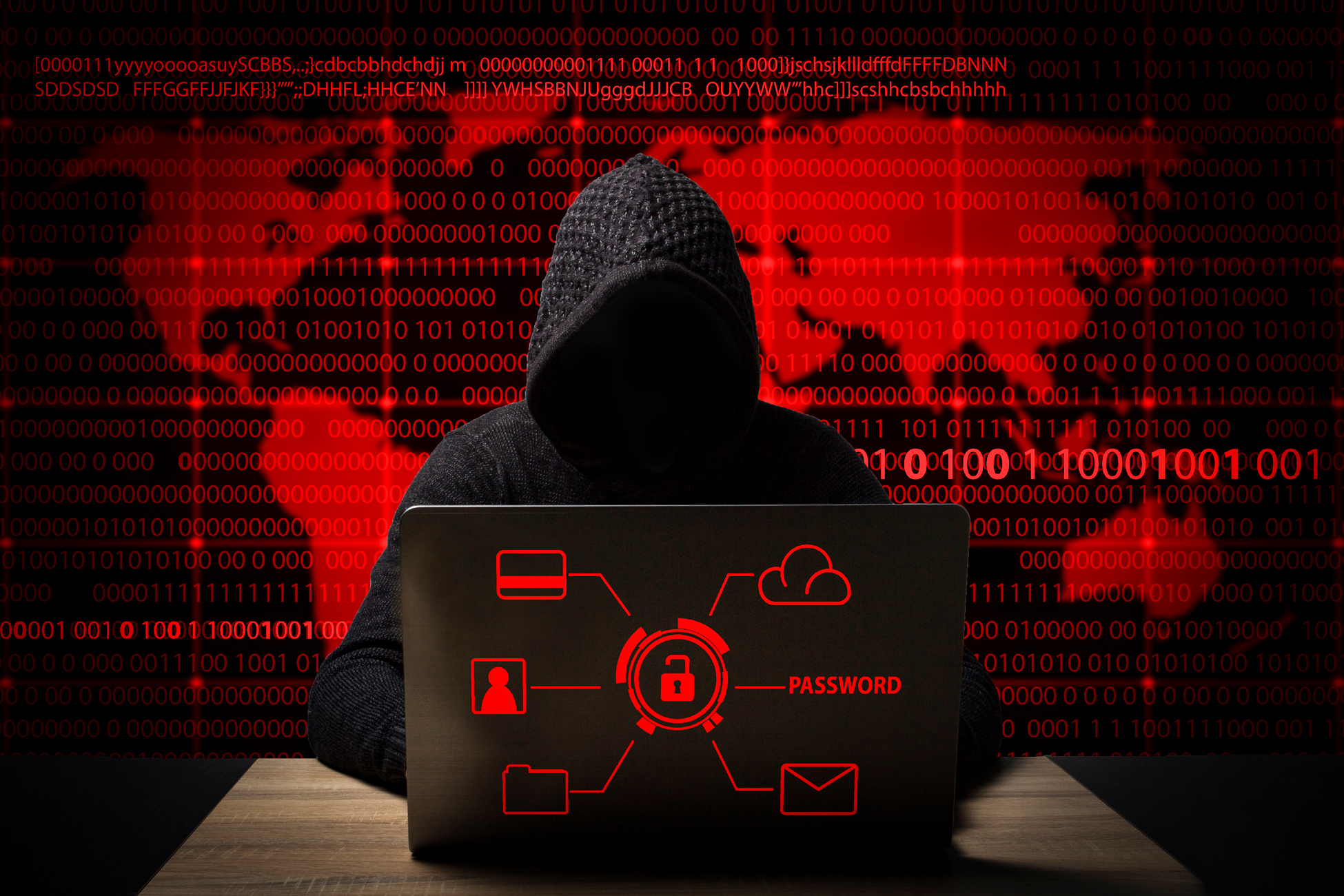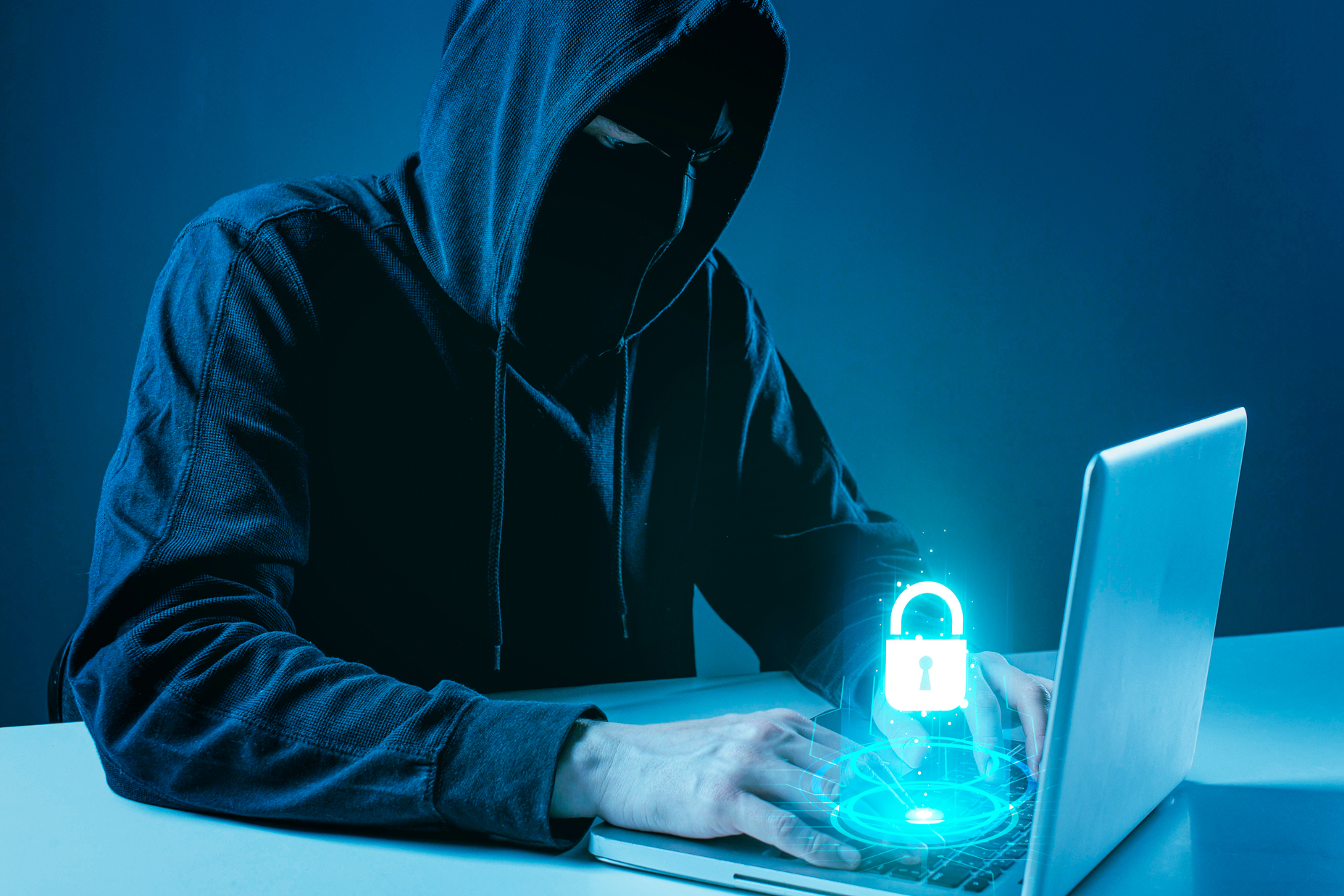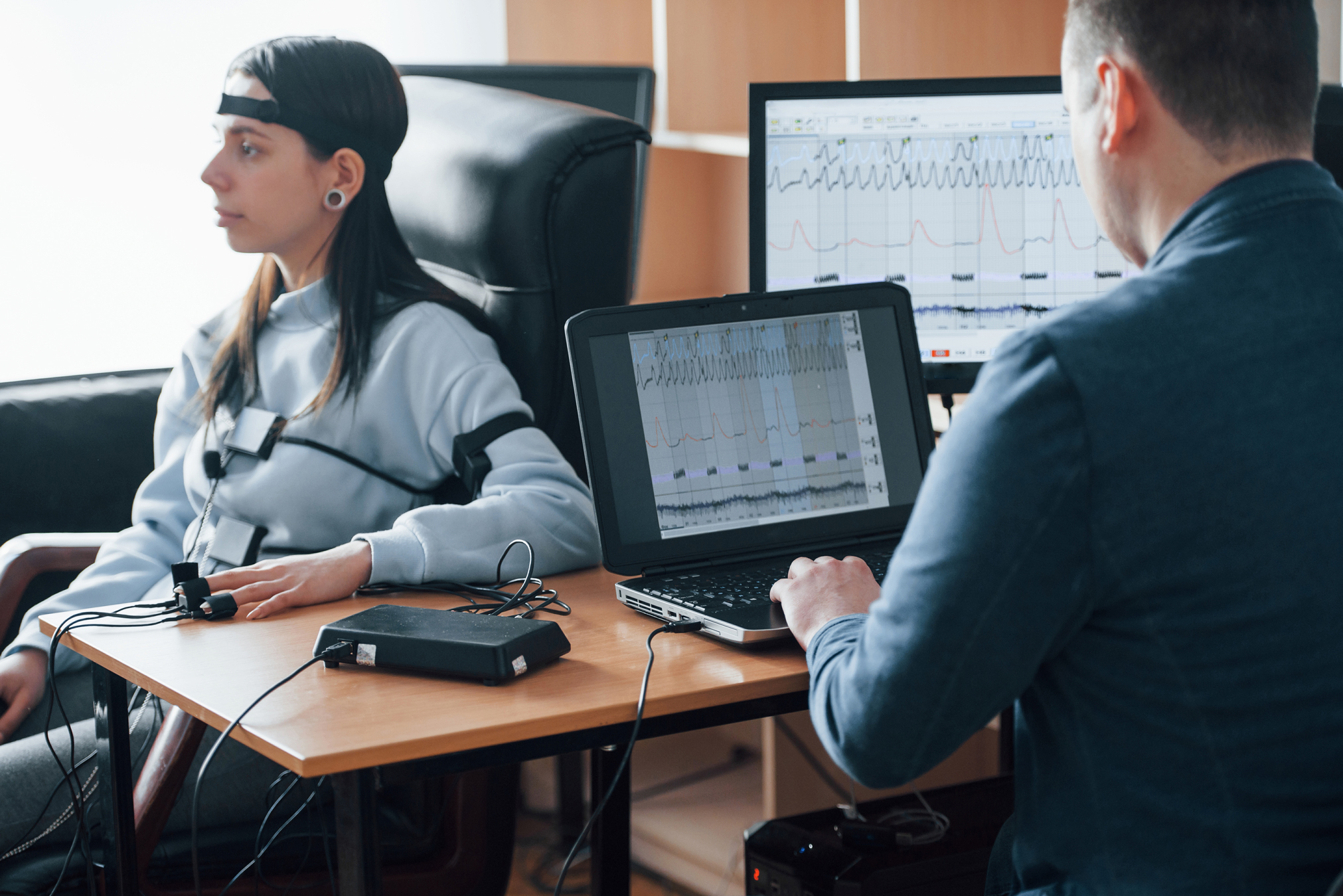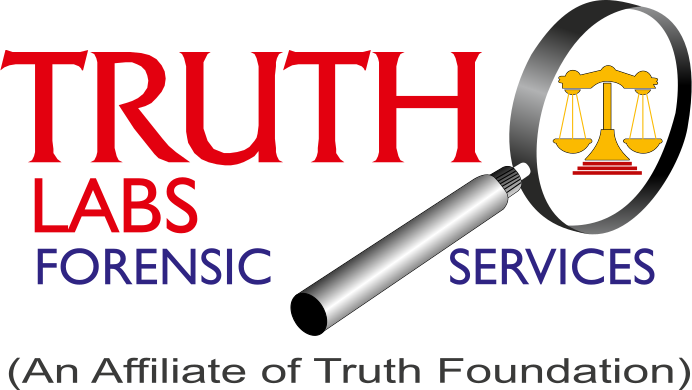Blog

Ensuring a safe and inclusive workplace is not just a moral obligation but also a legal necessity under the POSH Act (Sexual Harassment of Women at Workplace (Prevention, Prohibition and Redressal) Act, 2013).

Questioned document examination involves intricate study of documents to determine their authenticity, origin, or any alterations that may have undergone, and among the myriad techniques employed in this process, one factor stands out for its profound impact: light.

On a recent global meeting of INTERPOL, held on 22nd October at Delhi highlighted the global crime trend in 195 member countries and the role of cyber forensics to tackle this emerging threat worldwide. Financial and cybercrimes are found to be the world’s leading crime threats and also those projected to increase most in the future.

Cyber crime today includes traditional, real world offline crimes, (fraud, forgery, organised crime, money laundering, theft etc.) perpetrated in cyber space that are hybrid or cyber-enabled crimes, as well as ‘new cyber dependent’ that have been made possible with the advent of the internet and internet enabled technologies.

Human beings are marvelous creatures with complex psychological workings. Emotions and responses are a combination of voluntary and involuntary physiological mechanisms.
Oblivious to the breadcrumbs of personal information being left behind in the online data sources, individuals fall prey to various online data theft. Such sources include social media profiles.

How to stop criminal activities whose returns far outweigh any fear of punitive actions which all the international law enforcement agencies have in place? The efforts to cut down cyber crimes is approaching hopeless proportions, with a 15% annual growth rate. At that rate, these clever cybercrooks are even bound to increase their bounties by around $10.5 trillion by 2025.

Let us examine the relationship between forensic science, law, and justice. In today's world of technology, boundaries are being blurred and international law is increasingly being used to give shape and form to issues of data, privacy, policing, and justice.

Economic offences and organised crime landscape across the globe including India has changed drastically in the past decade -in large part due to advancements in technology. Criminals quickly adopt and integrate new technologies into their modus operandi or self styled novel business models are woven around them.

All over the world, societies are increasingly reliant on the identification information. Identity-related information about individuals is used e.g. for banking, shopping, traveling, and collecting social assistance.

Crime has also moved online, and cyber-enabled financial crimes, such as business email compromise, CEO fraud (where cybercriminals impersonate executives), e-commerce scams and investment fraud, have escalated in nearly every region.

In the realm of justice, achieving truth and fairness relies on a delicate equilibrium between evidence, legal arguments, and expert testimony. Expert testimony, an invaluable form of evidence, plays a pivotal role in ensuring that justice prevails, victims find redress, and legal verdicts align with the law.

Strides in forensic technology are rapidly transforming criminal investigation, making crime- solving faster and more accurate than ever.
